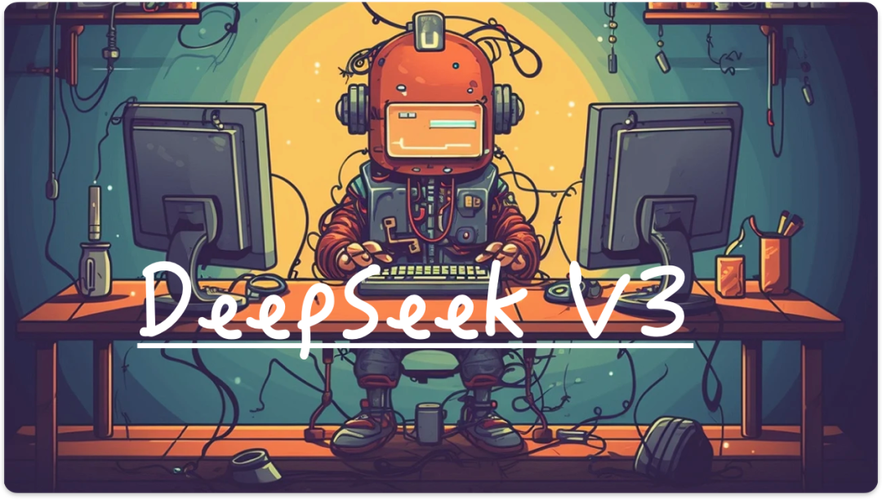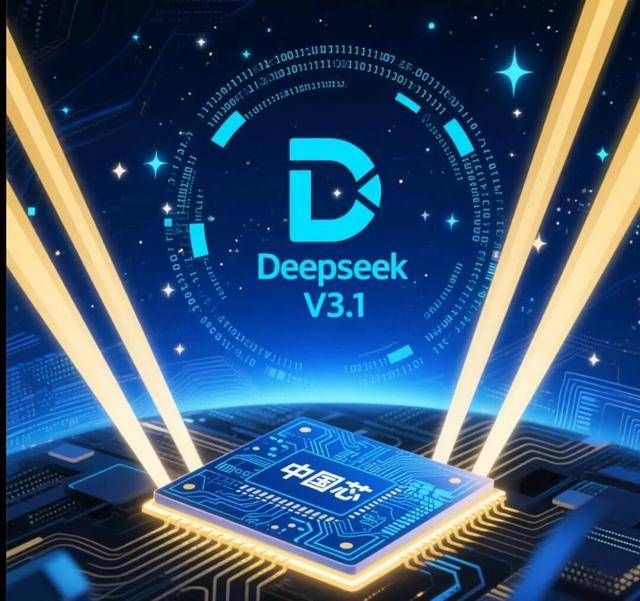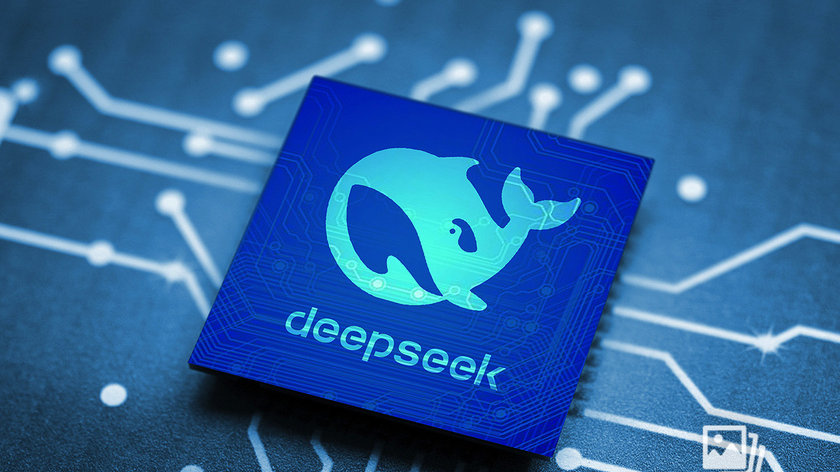A Beginner’s Insight into AI: Principles of Machine Learning, Deep Learning, and Their Extended Applications
Introduction: Understanding AI Beyond the Buzzwords
Artificial Intelligence (AI) is one of the most transformative technologies of the 21st century. From smartphones that recognize your face to AI models that generate art or code, the influence of intelligent machines is now everywhere. Yet for many, the underlying mechanisms of machine learning and deep learning—two of AI’s most powerful tools—remain a mystery.
This article aims to provide a clear, foundational understanding of AI technologies, focusing on the technical principles of machine learning and deep learning, while also exploring real-world applications that extend far beyond what most people imagine.
Whether you’re a student, a professional exploring a tech career, or a curious reader, this guide will help you slightly grasp AI (略懂 AI 技術) and its practical impact on our world.
Table of Contents
-
What Is Artificial Intelligence?
-
Evolution of AI: From Rules to Learning
-
What Is Machine Learning?
-
Supervised, Unsupervised, and Reinforcement Learning
-
Algorithms Behind Machine Learning
-
Deep Learning: Neural Networks Explained
-
From Perceptrons to Deep Neural Networks
-
Convolutional Neural Networks (CNNs): Vision in AI
-
Recurrent Neural Networks (RNNs): Memory in AI
-
Transformers and Modern Deep Learning
-
How AI Models Are Trained
-
The Role of Data in AI
-
AI Model Evaluation: Accuracy, Precision, Recall
-
Transfer Learning and Pretrained Models
-
Real-World Applications of Machine Learning
-
Extended Applications of Deep Learning
-
AI in Daily Life: Case Studies
-
Challenges and Limitations of Current AI
-
Ethical Considerations in AI Development
-
Final Thoughts: The Future of AI and You
1. What Is Artificial Intelligence?
Artificial Intelligence (AI) refers to machines that can perform tasks typically requiring human intelligence. These include:
-
Learning from experience
-
Understanding language
-
Recognizing patterns
-
Making decisions
-
Interacting with the environment
AI is a broad field that includes robotics, natural language processing (NLP), computer vision, machine learning, and more.
2. Evolution of AI: From Rules to Learning
Early AI systems were built with explicit rules—sets of “if-this-then-that” logic. While useful for narrow tasks, they were brittle and unable to generalize.
The breakthrough came with machine learning, where AI learns patterns from data instead of being manually programmed.
3. What Is Machine Learning (ML)?
Machine Learning is a subset of AI where computers learn from data. Instead of coding logic explicitly, we feed the machine examples, and it builds models to predict outcomes.
For example:
-
Give a model data about past housing prices → It learns how to predict future prices.
4. Supervised, Unsupervised, and Reinforcement Learning
Supervised Learning:
-
Input and output labels are provided.
-
Example: Email classification (spam or not spam)
Unsupervised Learning:
-
Only inputs, no labels.
-
The model discovers hidden patterns.
-
Example: Customer segmentation
Reinforcement Learning:
-
The model learns by interacting with an environment and receiving rewards or penalties.
-
Example: AlphaGo learning to play Go
5. Algorithms Behind Machine Learning
Some common machine learning algorithms include:
-
Linear Regression: Predict numerical values
-
Logistic Regression: Binary classification (yes/no)
-
Decision Trees: Rule-based predictions
-
Random Forests: Ensemble of decision trees
-
K-Nearest Neighbors (KNN): Similarity-based predictions
-
Support Vector Machines (SVMs): Boundary-based classification
-
K-Means Clustering: Pattern grouping
-
Naive Bayes: Probabilistic classification
6. Deep Learning: Neural Networks Explained
Deep Learning is a specialized area within ML that uses neural networks with many layers. These systems learn complex features by building hierarchical patterns.
Each neuron in a network is a function that processes inputs and passes them to the next layer.
7. From Perceptrons to Deep Neural Networks
The perceptron was the earliest neural network—similar to a brain cell. Deep neural networks (DNNs) expand this to multiple layers, enabling complex learning tasks like:
-
Speech-to-text
-
Language translation
-
Game playing (e.g., AlphaZero)
8. Convolutional Neural Networks (CNNs): Vision in AI
CNNs are built for image recognition and video analysis.
They use filters to scan images, identify edges, textures, shapes, and then learn to classify objects (e.g., cat, dog, car).
Applications:
-
Medical image analysis
-
Face detection
-
Autonomous driving
9. Recurrent Neural Networks (RNNs): Memory in AI
RNNs are designed for sequential data, like:
-
Speech
-
Time series
-
Text
They have memory of previous inputs, allowing them to predict the next word or value in a sequence. Variants include LSTM and GRU networks.
10. Transformers and Modern Deep Learning
Transformers are the core of modern AI models like GPT, BERT, and DeepSeek.
Key features:
-
Use self-attention to focus on important words/tokens
-
Can handle long-range dependencies in text
-
Enable parallel processing, making them fast and powerful
Applications:
-
Chatbots
-
Code generation
-
Document summarization
-
Language translation
11. How AI Models Are Trained
AI models are trained using:
-
Data (input features and labels)
-
Loss function (how wrong is the model?)
-
Optimizer (adjusts weights to reduce error)
This process involves forward propagation and backpropagation, repeated over many epochs (iterations).
12. The Role of Data in AI
Data is the fuel of AI. Without high-quality data, no algorithm—no matter how advanced—can perform well.
Types of data:
-
Structured (tables, numbers)
-
Unstructured (text, images, audio)
Data preprocessing (cleaning, normalizing) is essential.
13. AI Model Evaluation: Accuracy, Precision, Recall
Metrics help us judge model performance:
-
Accuracy: Correct predictions / total predictions
-
Precision: True positives / predicted positives
-
Recall: True positives / actual positives
-
F1 Score: Harmonic mean of precision and recall
Always evaluate using training, validation, and test sets.
14. Transfer Learning and Pretrained Models
Transfer learning allows us to reuse existing models trained on large datasets for new tasks.
Examples:
-
Use ResNet (pretrained on ImageNet) for custom image classification
-
Fine-tune BERT for sentiment analysis
Saves time and resources, often with better results.
15. Real-World Applications of Machine Learning
-
Finance: Fraud detection, risk modeling
-
Retail: Personalized recommendations
-
Healthcare: Diagnosis from medical data
-
Manufacturing: Predictive maintenance
-
Cybersecurity: Intrusion detection
ML adapts to any domain with enough data.
16. Extended Applications of Deep Learning
Deep learning is now used in:
-
Autonomous vehicles (object detection, path planning)
-
Art generation (DALL·E, Midjourney)
-
AI-generated music and voice synthesis
-
Robotics (visual servoing, motion planning)
-
Scientific research (protein folding, particle physics)
Its ability to extract features automatically makes it versatile and powerful.
17. AI in Daily Life: Case Studies
Case 1: Google Photos
Uses CNNs to recognize faces and objects in your images, enabling smart search.
Case 2: Netflix
Recommends movies based on viewing habits using collaborative filtering.
Case 3: Language Models (ChatGPT, DeepSeek)
Understand context, generate responses, summarize text, and even write code.
18. Challenges and Limitations of Current AI
AI is powerful, but not perfect:
-
Bias: Trained on flawed data
-
Explainability: Deep models are black boxes
-
Data hunger: Needs large, labeled datasets
-
Generalization: Models fail in unseen situations
-
Energy consumption: Training large models is resource-heavy
19. Ethical Considerations in AI Development
With great power comes great responsibility. Key ethical concerns:
-
Job displacement
-
Surveillance misuse
-
Deepfakes and misinformation
-
Algorithmic discrimination
Solutions:
-
Transparency
-
Fairness audits
-
Regulatory frameworks
-
Human-in-the-loop systems
20. Final Thoughts: The Future of AI and You
Artificial Intelligence will continue reshaping industries, societies, and even our personal lives. Understanding the principles behind machine learning and deep learning equips you to not only use these technologies wisely—but potentially contribute to them.
Whether you pursue AI as a career or simply want to become AI-literate, knowing the "why" and "how" behind intelligent systems is now essential for participating in tomorrow’s world.
You don’t need a PhD to start learning. You just need curiosity—and a willingness to experiment.
So why wait? Take your first steps today into the fascinating world of AI.









